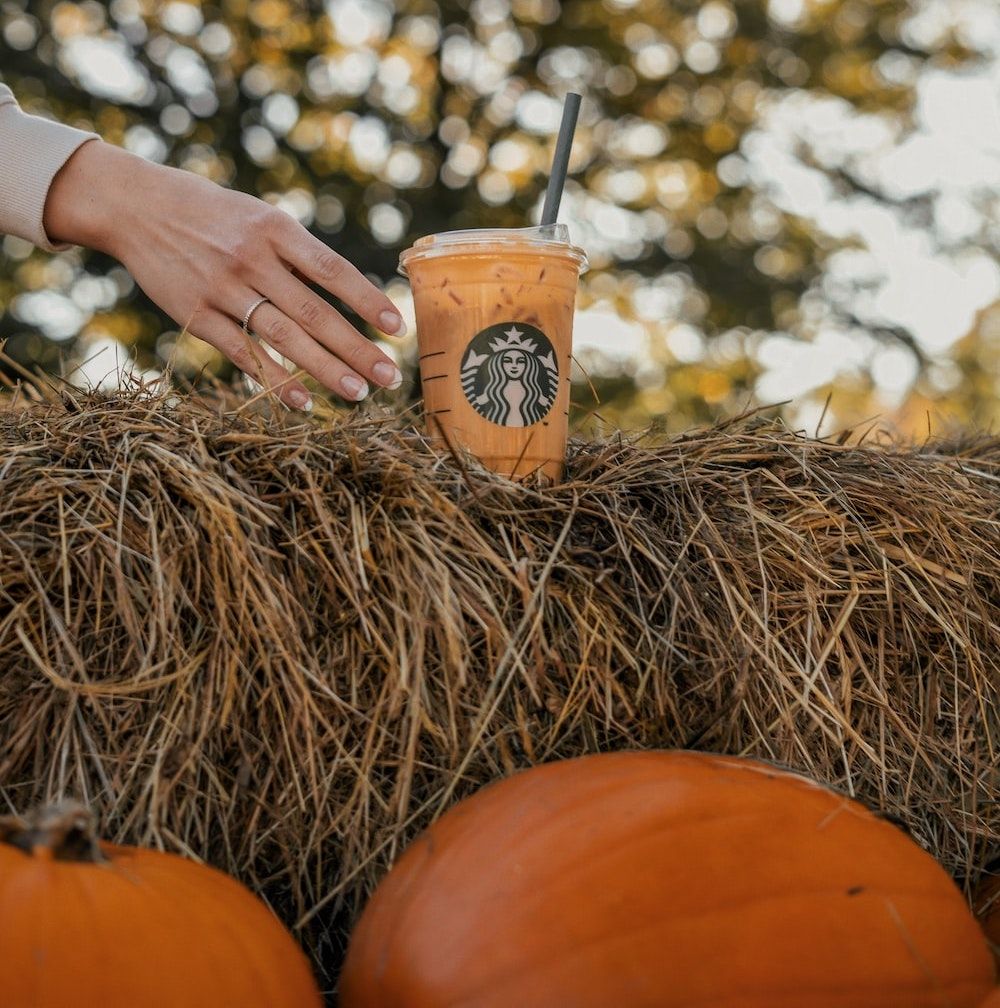When Lisa Powell and Elizabeth Engelhardt published a peer-reviewed research article titled “The Perilous Whiteness of Pumpkins” in 2015, many conservative, White scholars responded with outrage and disdain.
For instance, Margaret Wente, a Canadian columnist for The Globe and Mail, suggested the scholarly article reduced White people’s affinity for pumpkin spice lattes to “the ultimate expression of white privilege” and that it intended to inspire feelings of “shame,” in White people who buy them to fulfill their caffeine craving.
Taking it a step further, Daniel Lattier, a conservative author, used the word “insane” to describe social scientists’ decision to explore this very topic. Despite taking the time to read their 21-page article, Lattier claimed it “isn’t really worth engaging,” arguing that their article was simply the “latest product of a cheap and lazy formula,” which he claimed is common in modern-day academia.
In the National Review, Katherine Timpf gave a much more well-rounded analysis of the article but equated pumpkin spice lattes to white privilege in a way that felt a bit reductive. Their hollow response to “The Perilous Whiteness of Pumpkins” may reflect an unwillingness to consider the constructs proposed.
To admit that pumpkin spice culture is inundated with whiteness would also require them to acknowledge the existence of a racial hierarchy.
Why is it so hard to believe that pumpkins have a connection to whiteness in America? Perhaps it’s because so many feed into the myth of meritocracy and believe that resources in our community are made equally available, that those who work hard are able to succeed, and that blaming anyone struggling as having a poor work ethic. They need a pumpkin to be just a food item and nothing more to feed the myth that we live in an equal society, but we know that’s not true. As Powell and Engelhardt point out, to understand the “racial politics of pumpkins,” we should realize that they are more than a food item but also a symbol.
Related: The Unintentional Racism Found in Traffic Lights
In American culture, people are much more likely to buy pumpkins in the fall season than at any other time, which is different from other countries that consume this type of squash on a more regular basis.
Furthermore, pumpkins are a common symbol of pranking culture in America, which is ultimately White since Black teenagers are not allowed to make mischief without it being viewed through a criminal lens. As City Ott, an American studies professor, told Mic, “shaming pumpkins and misrule at this festival are seen as an affront, but an affront that lets people let loose without challenging norms. The white kids here are just acting out. Black people are actually trying to change a violent political system.”
One of the most discussed aspects of the essay was the authors’ analysis of Pumpkin Spice Lattes, a product that became popularized by Starbucks’ seasonal drink promotional campaign in 2003. White women pushed back on a narrative that their love of pumpkin spice lattes, UGG boots, and yoga pants made them “basic,” or they lacked authenticity. However, in fighting back against the basic girl stereotype centered around “romance, femininity, and trendiness,” white women doubled down and created a pumpkin spice latte culture.
Consider that a Pumpkin Spice Latte costs about $5.95 a cup, depending on the size and location. That number may vary some, but essentially, we’re talking about a luxury item that white women with disposable income are much more likely to be able to afford and enjoy. As Powell and Engelhardt suggested, the stereotype of “basic” essentially “failed to acknowledge the privilege such women and their detractors all actually hold.” In other words, it makes sense that these white women pushed back against the “basic” label. No one wants their identity reduced.
Related: 5 Secret Starbucks Items We Dare You to Order, Ranked
Still, they did so without acknowledging that being able to purchase an expensive cup of espresso regularly is a privilege that many Black women and women of color don’t have. Many white women didn’t see the whiteness within their love for pumpkin spice lattes because white supremacy is innocuous, which is the point many critiques missed. The scholarly article never suggested that you are racist if you drink pumpkin spice lattes or that you should feel guilty about enjoying your next sip, nor were they suggesting that only white people can purchase luxury items. Nevertheless, white women’s love of pumpkin spice lattes has created a culture that highlights the privilege of white women, who often have more disposable income to splurge on high-priced seasonal items. While white women pushed back against the misogyny of those stereotyping them as “basic,” they often fail to acknowledge their relative privilege to Black people.
After a careful read, it’s clear the article only hoped to raise awareness about “the white privilege encoded in pumpkins” in American society. And while Jack-o-Lanterns are carved to make us laugh, the whiteness of pumpkins is no laughing matter. Many people found themselves clutching their pearls at the audacity of scholars exploring such a topic. However, they’re protesting because they do not believe in the underlying construct that our society is inundated with white supremacy. And they’re pushing back because to admit that pumpkin spice culture is inundated with whiteness would also require them to acknowledge the existence of a racial hierarchy, that racism is more than cruel statements uttered in an angry moment, but deeply-entrenched values and behaviors, and systems that perpetuate inequality in American society.
Related: The 5 Most Shameless White Savior Roles in Film, Ranked
At face value,” The Perilous Whiteness of Pumpkins” sounds outlandish, but when you take a deeper look, their report is anything but hollow.
